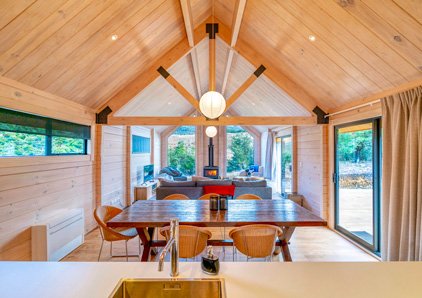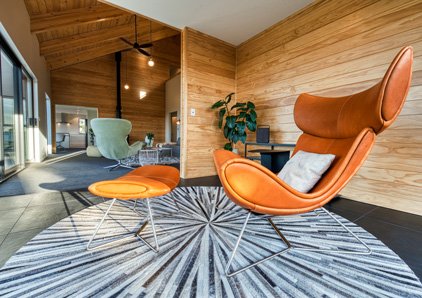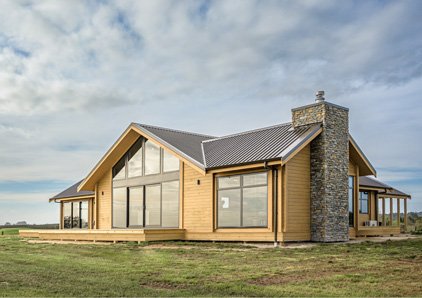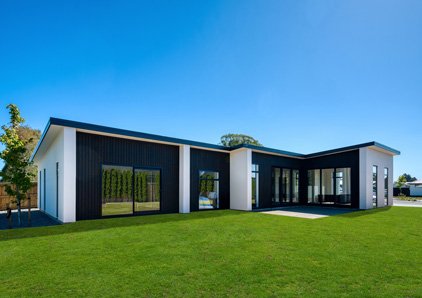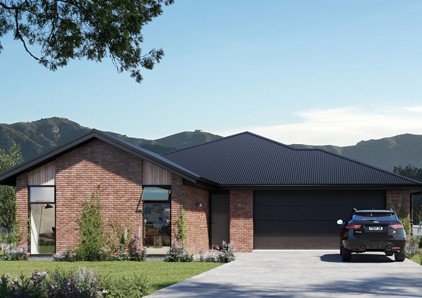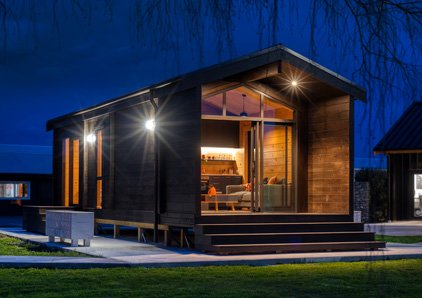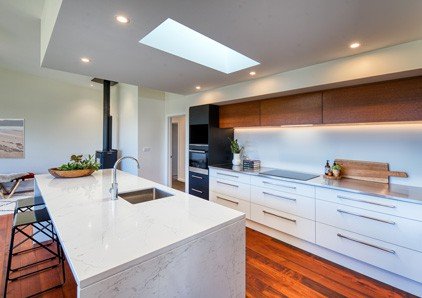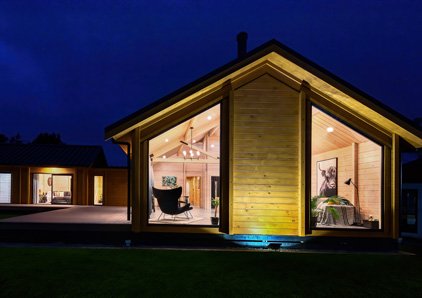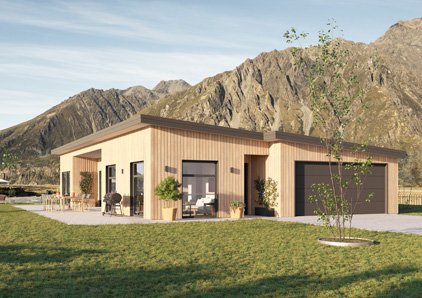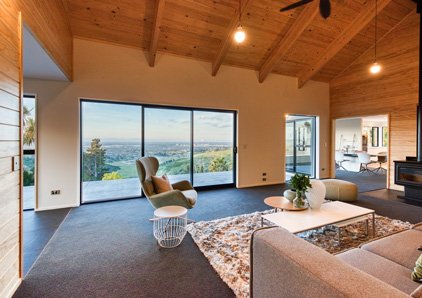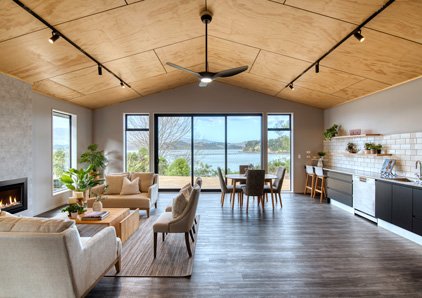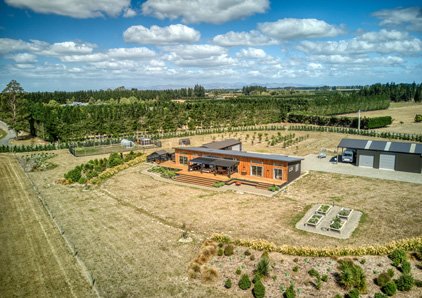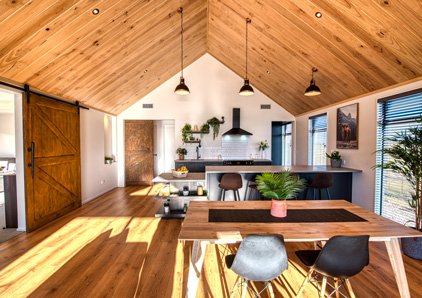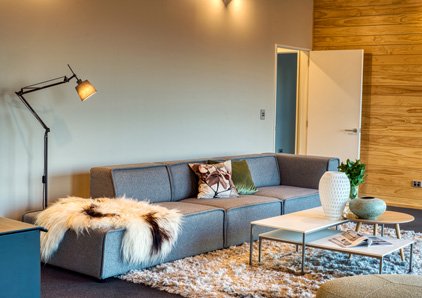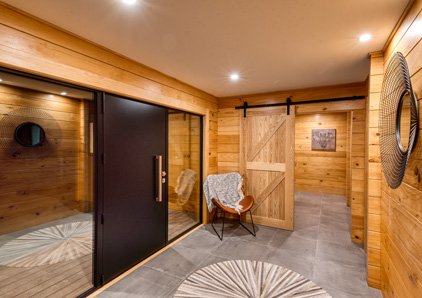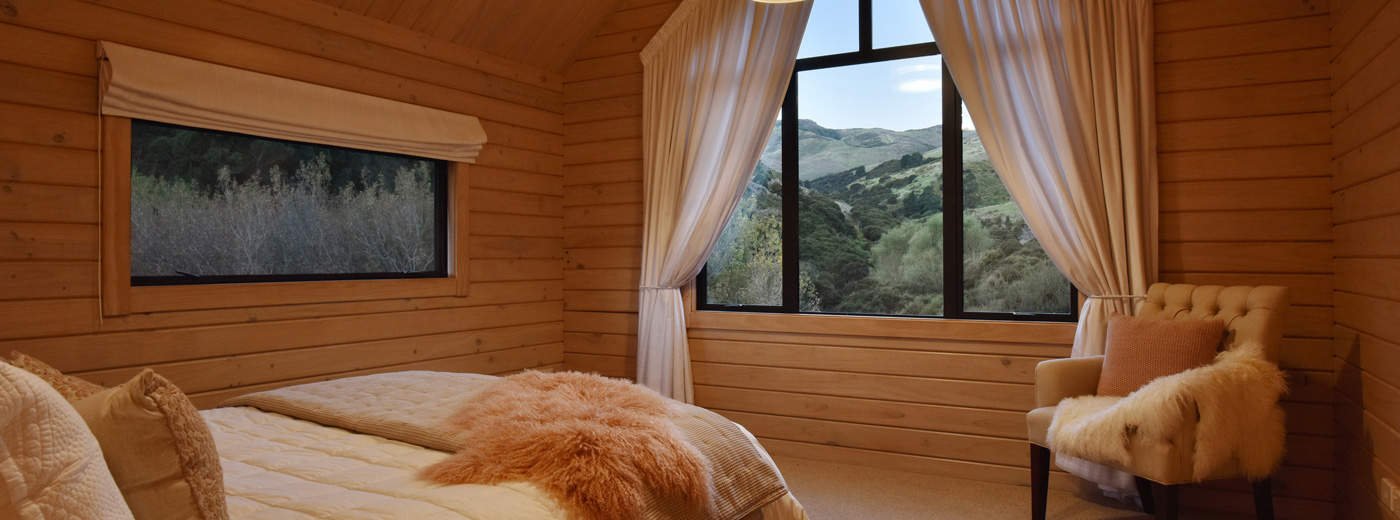
The current shortage of GIB in New Zealand provides a neat opportunity to take a closer look at both the impact of being so dependent on this single product, and to look at sustainably grown timber – the most environmentally friendly alternative to synthetic GIB.

The history behind the bottleneck
GIB is New Zealand’s version of plasterboard. There are loads of plasterboards around the world, but in New Zealand the brand name ‘GIB’ has emerged as plasterboard’s equivalent of what Google is to search engines. And it’s a great New Zealand success story – dating back to 1927 when Gibraltar Board as it was then known was first produced in Auckland by NZ Wallboards, which was purchased by Winstone in 1930 who quickly upped production, expanded and invested in catering for the returned servicemen from WWII who needed homes in bulk. Fletcher Challenge became a major shareholder in the 1980s and threw its weight behind marketing and distribution of the product. The ‘leaky homes’ debacle of the 1990s caused a rethink of what materials were allowed to be used in the building of new homes in New Zealand, and ultimately an aversion to anything deemed the slightest bit ‘risky’. Unfortunately this risk aversion also meant an aversion to innovation as both viable domestic and international alternatives were thrown in the ‘too hard basket’ by councils nationwide. And so it was that the well-performing GIB was rubber stamped while alternatives were barely given the light of day. To the point that 95% of plasterboard sold in New Zealand is GIB. With such a heavy dependence on just one product in a building boom, production bottlenecks and price hikes inevitably follow. And here we are..
There are alternatives to GIB
The bad news is if you’re dead set on a plasterboard home then you’re going to be waiting longer and paying more because you will almost certainly need GIB. The good news though, is there are alternatives to plasterboard. And thank goodness there are because the planet needs all the help it can get right now.

Among the upshots to the bottleneck in GIB supplies, a real cause for optimism is the opportunity to fall in love again with timber homes.
What’s to love about timber homes?
- Solid Timber homes built with sustainably grown timber from local plantations are carbon negative. So even if climate change isn’t of interest to you, building a Solid Timber home would mean you’ve done more than your share of good deeds for the planet for years to come. Whereas the average New Zealand home built with man-made materials (like GIB) emit the equivalent carbon into the atmosphere as a petrol fueled car driven over a million kilometers, your Solid Timber home does the opposite – it actually reduces the amount of carbon in the atmosphere because the trees it is built with have absorbed carbon over their lifetime, and then get replaced by more carbon absorbing trees once they’ve been felled. Less waste too – just two full skips of waste on a Solid Timber build compared with four for a regular one.
- They’re naturally warm and healthy. Think log cabin in the snow covered mountains of Scandinavia; freezing outside, fire blazing inside where it’s warm and dry, and there’s nothing cozier. Timber homes have been keeping us warm, dry and healthy in the harshest climates for thousands of years. Unlike man-made materials like plasterboard, timber ‘breathes’, that is to say, it absorbs both heat and humidity when it’s hot or humid, and expels it when it’s cool or dry. The result is a beautifully balanced, naturally heat and humidity regulated environment. Which is why they’re famous for being so cozy! Build with timber and enjoy the massive savings in power bills from both heating and cooling alike…
- They look great. And pretty soon, ours are going to look even better as our architects are currently updating our entire Solid Timber plan range.
- They are earthquake proof and extremely durable. The risk of future earthquakes on the shaky isles of New Zealand is high and real; the interlocking design of our Solid Timber homes will keep your family and belongings safe because during an earthquake they roll with the movement instead of futilely resisting it, like rigid synthetic building materials. See what some of our Solid Timber customers had to say following the Christchurch and Kaikoura earthquakes. The people of Christchurch and Kaikoura whose homes were damaged or destroyed in those earthquakes suffered for years beyond the earthquakes themself, dealing with insurance claims and building contractors – you can give yourself the best shot of avoiding all that by building with earthquake resistant interlocking Solid Timber.
- You don’t need GIB, nor indeed any plasterboard at all. Because you’re building with a single material, so the internal walls are also the external walls. Our standard Solid Timber plans come with GIB ceilings in the bathrooms and bedrooms, but you have the option to use alternate materials.
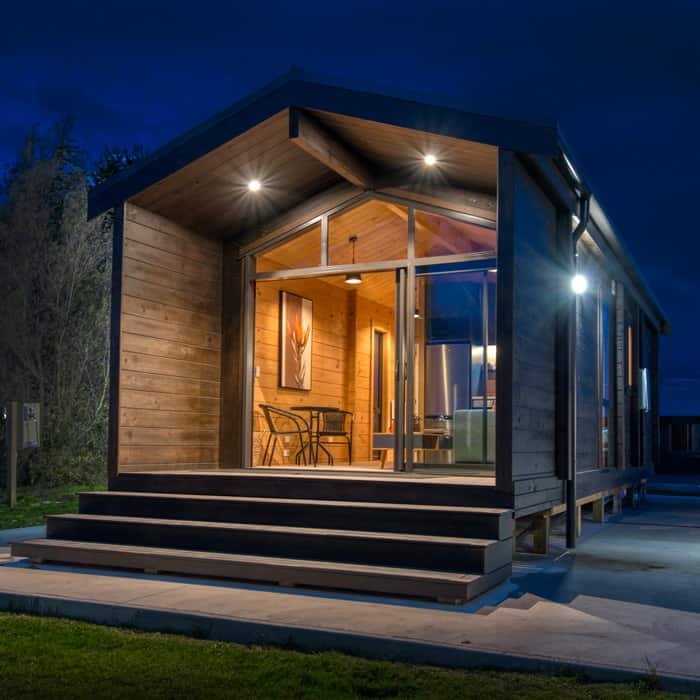
Building with timber instead of plasterboard
Timber is one of the oldest construction materials there is. Neolithic ‘long houses’ were common in Europe around 6,000 – 5,000 BC, other timber structures have been dated back to 10,000 BC. And while being old doesn’t necessarily make something ‘right’, or the ‘best’, timber’s virtue straddles being both old and great. Its use in building homes largely went out of fashion in the second half of the 1900s as the proliferation of man-made building materials which could be produced faster and cheaper than timber could be processed, were deemed more efficient (and profitable) in housing the world’s rapidly growing population. Just like fossil fuels though there was a major downside to dependence on synthetic building materials – the environmental impact.
Seldom discussed is that New Zealand’s construction industry accounts for 20% of our carbon emissions, mostly from all the steel and concrete used. Cars and transport are an easy target because of the visibility, with electric vehicles becoming a viable alternative. Methane from farming is another biggie – hopefully the government’s $700m investment in agricultural science research in its recent Climate Emergency Response Fund will shake things up there. A heavily polluting construction industry in the midst of a building boom and housing shortage seems like a pretty big elephant in the room though on the path to reducing carbon emissions.
Building with locally grown timber is simply the best way for New Zealanders to make a disproportionately large contribution to reducing our carbon emissions. Not imported foreign timber – because the carbon miles getting it here outweigh the benefits. Sustainably grown, New Zealand timber grown on plantations which employ thousands of New Zealanders. Building one Solid Timber home offsets carbon emissions by more than a petrol car driven 1 million kilometers – more than you will drive in your entire life.
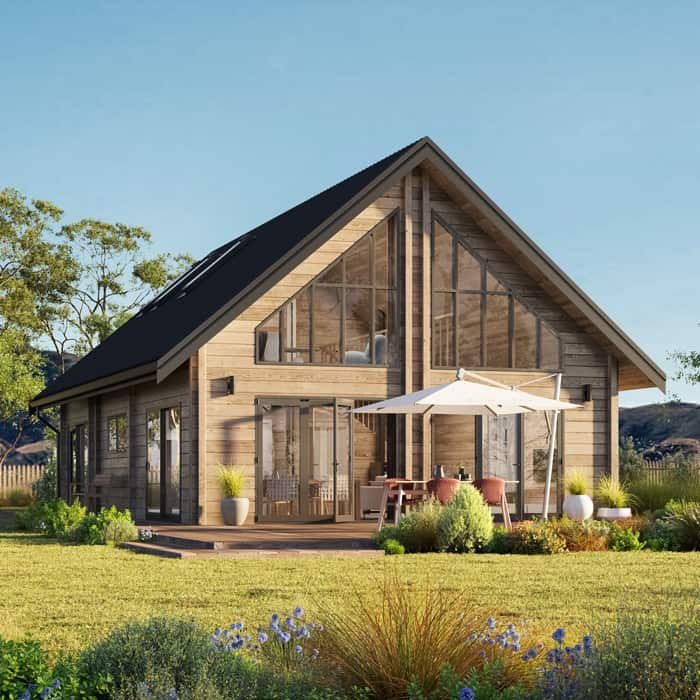
For more information on building a timber home, see our Solid Timber web page. And keep an eye on our Solid Timber plan range which we will be updating with new plans over the coming seasons.
